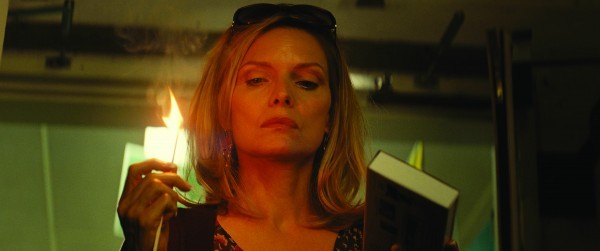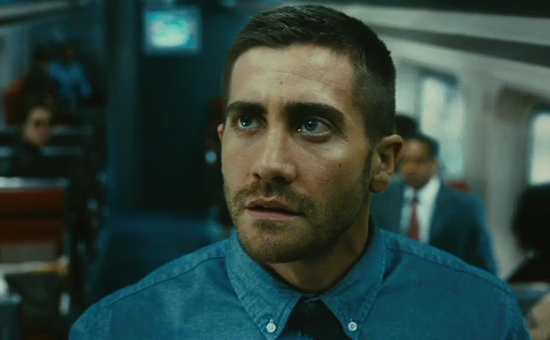
In the dark comedy The Family, the family of an American mafioso has been relocated to Europe under the witness protection program. However, they are so violent that they keep blowing their cover and have to move again. Here, they have just failed to fit themselves in to the sunny French Riviera and have been moved again to chilly Normandy.
The recurring joke in The Family is that these people escalate almost every human interaction into severe violence and that all the family members are highly skilled. The mafioso is played by Robert De Niro, his wife by Michelle Pfeiffer, and both very ably deliver the deadpan comedy. But the best performances (in the best written roles) are by Dianna Agron (Quinn in Glee) and John D’Leo as the couple’s teenagers. Tommy Lee Jones is also VERY briefly in the movie, as are Vincent Pastore and Dominic Chianese of The Sopranos.
Luc Besson (The Professional, District B13), the French director who celebrates American action movies, gets to make an American action comedy set in France. I enjoyed The Family much more than I thought I would because I expected another lame culture clash comedy and instead got a darker comedy. Still, it is what it is – a broad comedy – but a competent one.

